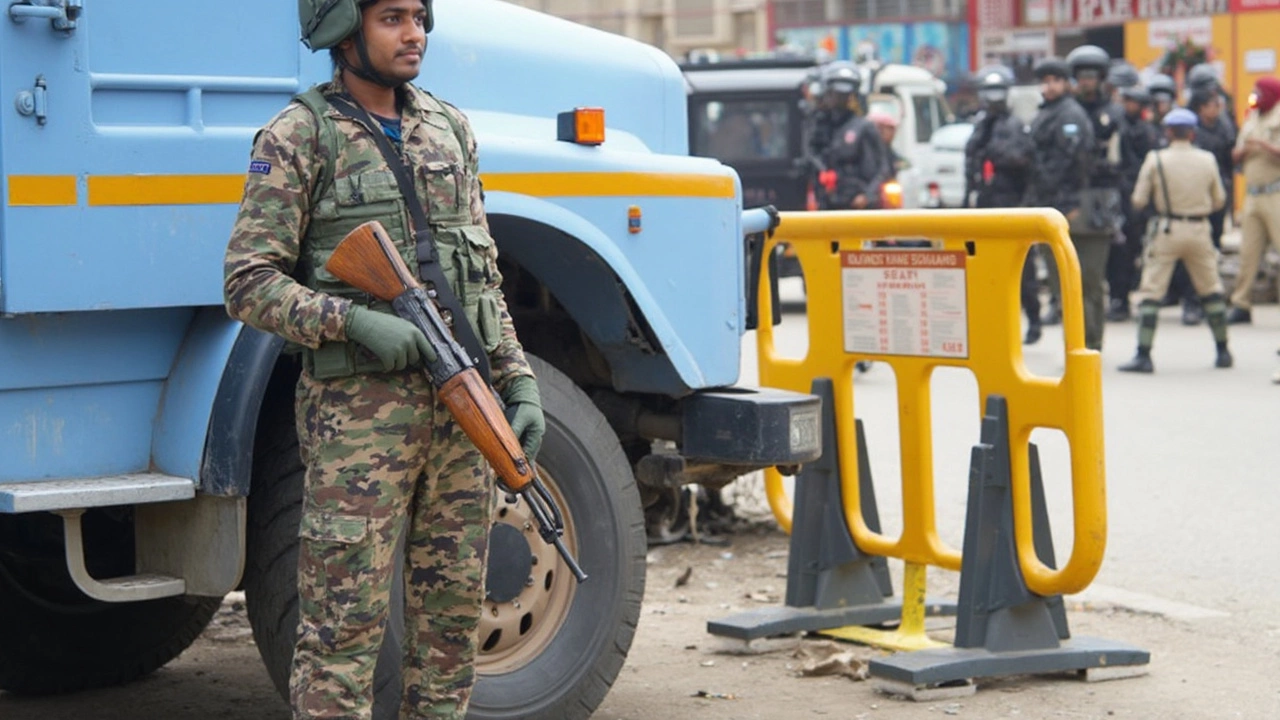
Operation Shield Put on Hold Across Sensitive Border Regions
India’s ambitious Operation Shield—a countrywide civil defence mock drill tackling the looming threat of air raids and missile attacks—was abruptly postponed this week. Set to unfold on May 29, 2025, the exercise had mobilized officials and volunteers across sensitive stretches of Gujarat, Rajasthan, Punjab, Haryana, Jammu & Kashmir, and the Union Territory of Chandigarh. The drill was designed as a real-time stress test on everything from air raid warning systems to mass evacuations and blackout protocols. Suddenly, though, plans changed—leaving agencies, responders, and communities waiting for fresh instructions.
The Home Ministry cited 'administrative reasons' for the change, but that’s only part of the story. Tensions at the western border are running high. Earlier in May, Indian forces carried out Operation Sindoor—precision strikes deep into Pakistan-Occupied Kashmir—while cross-border confrontations have spiked, sparking anxiety in districts close to the Line of Control and the international border. In this charged setting, a large-scale simulation of air raids might seem a bit too close for comfort, both for ordinary citizens and frazzled administrators.
Scope and Objective: Why Operation Shield Was So Critical
This wasn’t just another checklist drill. Operation Shield aimed to put the entire civil defence network under a microscope. Officials wanted every district warden, firefighting crew, and rescue squad ready to move with military precision. Control rooms were prepping for simulated chaos—blaring sirens, sudden communications blackouts, and calls for mass evacuations. Volunteers from local communities were gearing up to steer their neighbors to safety, and every agency from local police to the National Disaster Response Force (NDRF) was set to join.
Punjab’s participation was especially detailed. The state suggested rescheduling its own operation to June 3, hoping to weave the mock drill neatly into a round of intensive NDRF training. Meanwhile, Gujarat and Rajasthan had plans for drills in every district. Public participation would’ve given regular people a chance to experience emergency protocols firsthand—practicing everything from hiding in designated shelters to following blackout rules at the drop of a siren.
All these steps matter because preparedness during those crucial first minutes can mean the difference between chaos and calm. Officials wanted to spot gaps in everything—communications, logistics, human resources, and even the speed at which volunteers could be mustered. But until a new date arrives, everything’s in limbo. Each state and territory involved is waiting for the green light to run this crucial exercise and keep the public’s defence instincts sharp.